height above gas range should the vent hood be?
Equity Builders Construction
11 years ago
Featured Answer
Comments (66)
Pride&Joy Home Improvements
7 years agokerrywarb
7 years agoRelated Professionals
East Patchogue Interior Designers & Decorators · Fernway Interior Designers & Decorators · Lake Elsinore Interior Designers & Decorators · Montebello Kitchen & Bathroom Designers · Columbia Furniture & Accessories · Franklin Furniture & Accessories · Jacksonville Furniture & Accessories · Medford Furniture & Accessories · Clinton General Contractors · Erie General Contractors · Genesee General Contractors · Green Bay General Contractors · Jamestown General Contractors · Seguin General Contractors · Toledo General ContractorsSue Prince
7 years agoL Illian
7 years agoProHoods
7 years agoEllie RK
7 years agoLeslie Blanchard
7 years agoLeslie Blanchard
7 years agolast modified: 7 years agoEllie RK
7 years agoLeslie Blanchard
7 years agomanda7708
7 years agotommco
7 years agoginanc59
7 years ago_sophiewheeler
7 years agotommco
7 years agobelkis vasquez
6 years ago_sophiewheeler
6 years agobelkis vasquez
6 years agobelkis vasquez
6 years agobunnyllg
6 years agoraul g
6 years agoSush A
6 years agotamugrad07
6 years agomissitaly627
6 years agosdhdillard
6 years agoBruce Gorrie
6 years agoJohn Hultin
6 years agoUser
6 years agomommystell
6 years agotimyang05
5 years ago_sophiewheeler
5 years agolast modified: 5 years agoEllie RK
5 years agoScott P
5 years agoThe Blair Interiors Group, Ltd
5 years agoJim McCall
5 years agoJimmy Flim
5 years agoScott P
5 years agotommco
5 years agoJimmy Flim
5 years agoJimmy Flim
5 years agotommco
5 years agoJimmy Flim
5 years agoSteven Burczyk
4 years agolast modified: 4 years agoDeclan Ryan
3 years agoRunnermom
3 years agoJimmy Flim
3 years agoJimmy Flim
3 years agoMarlene Gosselin
2 years agoRunnermom
2 years agoRaina S
2 years ago
Related Stories
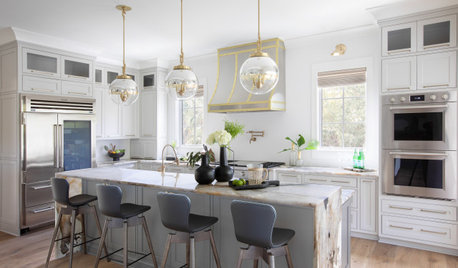
KITCHEN DESIGNDesigner Tips for Range Hoods, Appliances and Lighting
Learn how to get your microwave height just right, what kind of bar stool will be most comfortable and more
Full Story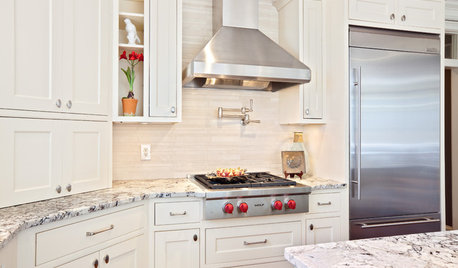
KITCHEN DESIGNHome Above the Range: Smart Uses for Cooktop Space
With pot fillers, shelves, racks and more, you can get the most function out of the space above your kitchen range
Full Story
5 Stunning Modern Range Hoods
Today's kitchen range hoods can look like sleek sculptures. Here's what to look for when you go shopping for one
Full Story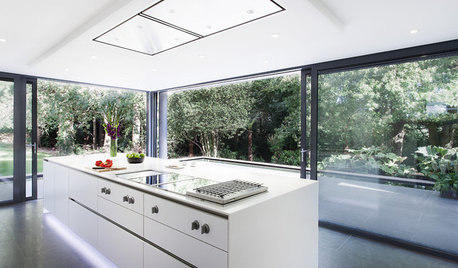
KITCHEN APPLIANCESDisappearing Range Hoods: A New Trend?
Concealed exhaust fans cut visual clutter in the kitchen
Full Story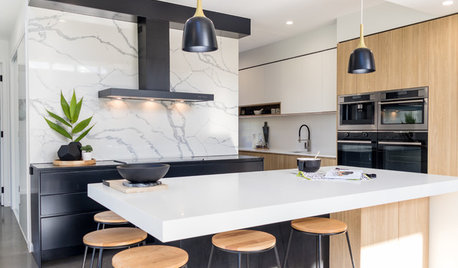
KITCHEN DESIGNHow to Get Your Range Hood Right
Get a handle on the technical specs, and then learn about fun design options for creating a beautiful kitchen feature
Full Story
KITCHEN APPLIANCESWhat to Consider When Adding a Range Hood
Get to know the types, styles and why you may want to skip a hood altogether
Full Story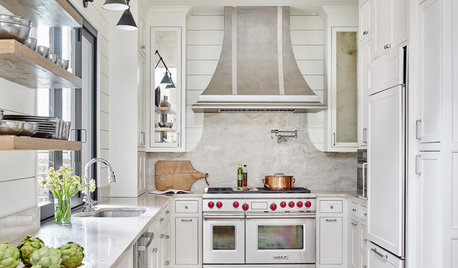
KITCHEN APPLIANCESHouzz Call: Show Us Your Creative Range Hood
Have you customized your kitchen’s range hood? Please tell us all about it
Full Story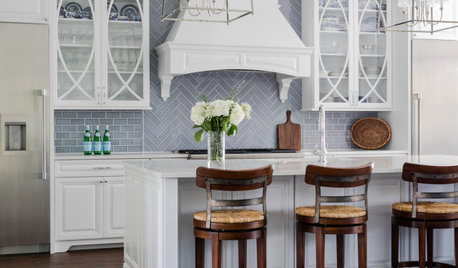
KITCHEN DESIGN10 Terrific New Ideas for Wrapped Range Hoods
See how designers use various materials and ornamentation to play up or play down a covered kitchen range hood
Full Story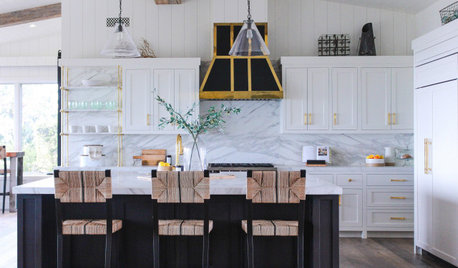
KITCHEN DESIGN15 Statement Range Hoods to Inspire Your Kitchen Remodel
See how 15 range hoods add personality and an intentionally designed look to their kitchens
Full Story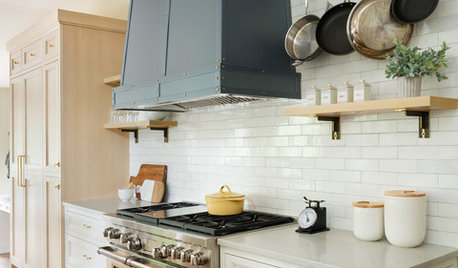
BEFORE AND AFTERS4 Kitchen Makeovers With Standout Range Hoods
In these before-and-afters, see how a custom range hood can take your kitchen renovation to the next level
Full Story





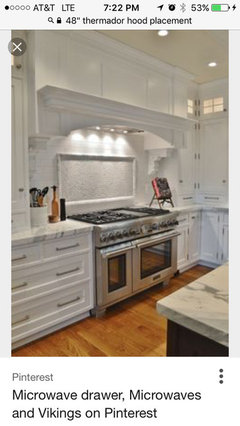
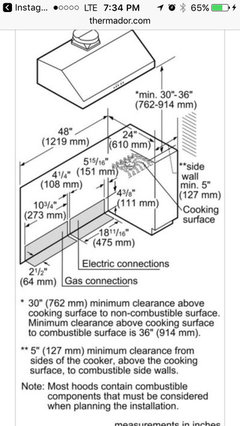
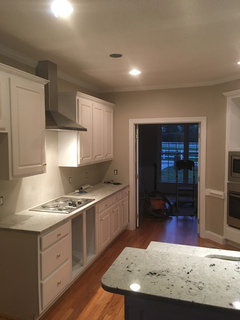
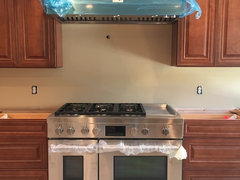
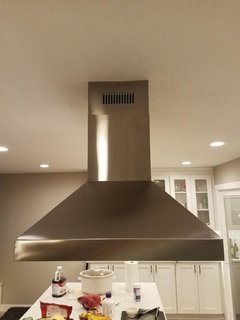


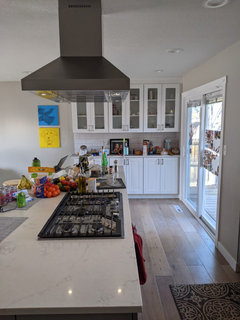
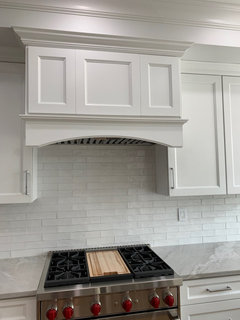

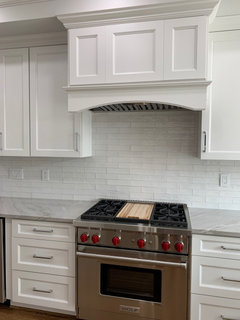
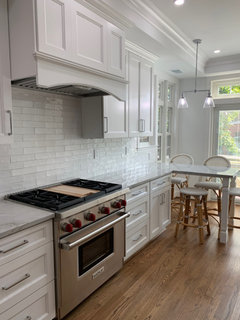

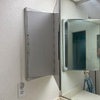


Riddle Construction & Design